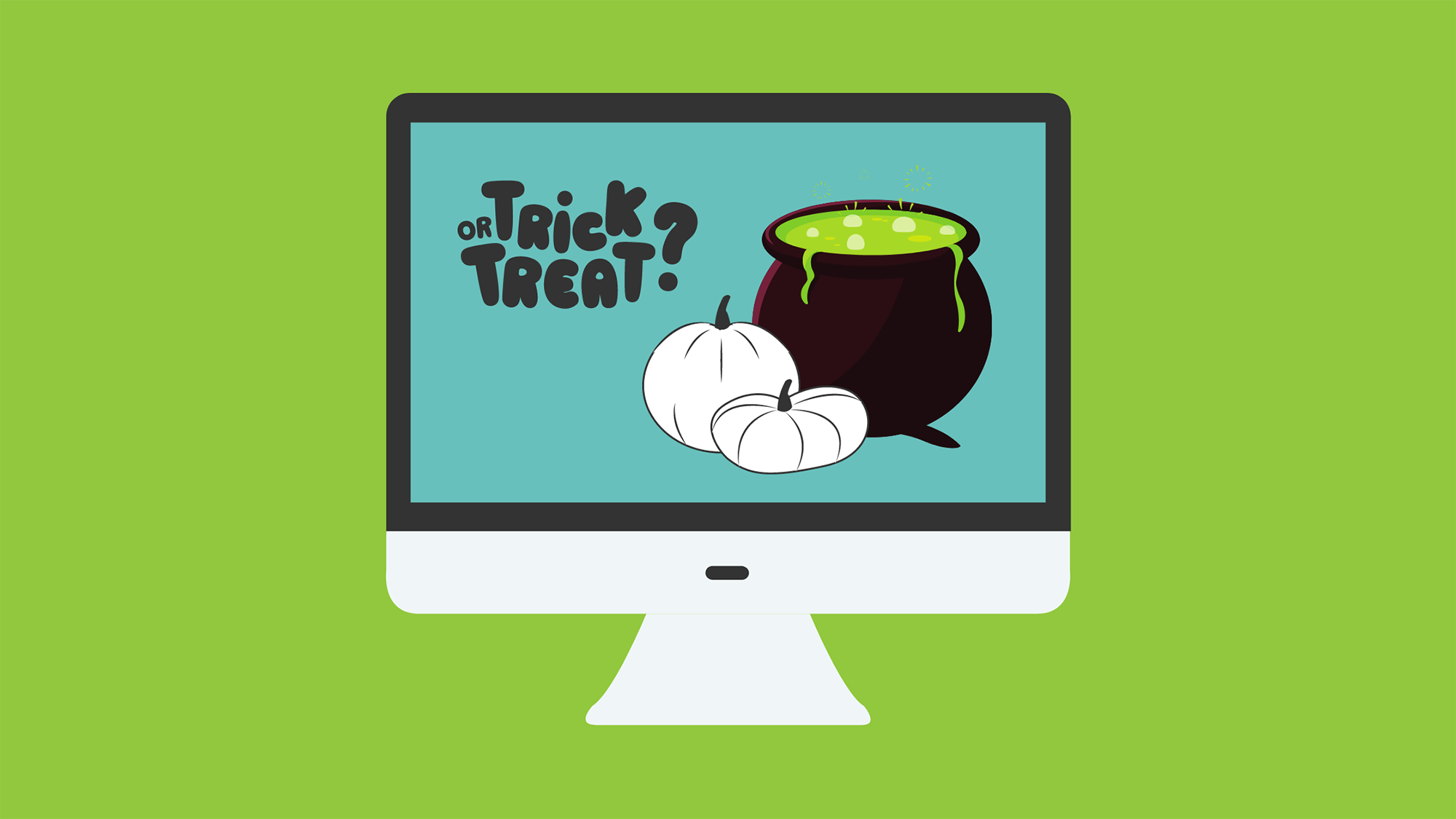One thing I distinctly remember from my years of trick-or-treating on Halloween (ah, the good old days) is that there were always a couple houses that gave out the worst candy (or candy alternatives). I would come home with my pumpkin-shaped bucket of goodies and meticulously pick out any Smarties, Pixy Stix, or toothbrushes (seriously, please don’t be the person who gives out toothbrushes). Alternatively, there was always that one house that gave out full sized candy bars. Those people deserve an award.
Today, I want you to think of your website like Halloween candy. Is it a toothbrush, or is it a full sized candy bar? In other words, does your website leave the viewer confused and disappointed, or does it delight and draw in potential customers?

Don’t know how to tell the difference? We have a full list of 20+ items that help you evaluate if your website is up-to-date, or if it is time to start thinking about a redesign. If you are ready to do a full review, you can find that checklist here.
But for now, here are 3 key indicators that it may be time for a revamp (get it? “vamp”…Halloween?).
#1 It has an outdated design
In the competitive world of website design, trends quickly change, and what was current a couple years ago can look extremely outdated today. Users can tell when a website isnot being actively maintained, and an outdated site can cause users to click away.
How do you know the design is outdated? When was the last time you did a redesign? If it was four or more years, it’s time to take a critical look. Also, how does it stack up against your competitors? Does it feel fresh and compelling? Or does it feel tired and neglected by comparison? Make sure your website stands out to your audience by keeping it up to date with current trends!
#2 It’s not user and/or mobile-friendly
This one is a no-brainer. The usability of your site is one of the most important tools for turning the casual web browser into a paying customer. It should be easy for users to find the information they need, and your website should act as a funnel to lead customers towards the buying stage.
Around 50% of web traffic is mobile (and that percentage is higher in some industries). When you pull up your website on your phone, does it look nice? Is it easy to navigate? Does it load quickly? If your answer to any of those questions is no, you need to optimize your website for mobile. If your website does not perform well on mobile browsers, you are neglecting half of your audience! What’s more, you are telling Google that you aren’t interested in ranking well. You read that right. Mobile usability is a ranking factor, and that is traffic all small businesses need.
Look at your website through the lens of a brand-new site visitor. If it isn’t easy to navigate and find all the information someone might be looking for on all devices, it’s time for an update.
#3 Your content doesn’t accurately represent your business
Is your site a reflection of your business six years ago when the site was built or a reflection of the business you are today and your goals for tomorrow?
Have you added new products or services recently? Made changes to your team? Adjusted your target market or company goals? If so, your website should reflect that. Many sites are created once and never updated again, which can make it feel like a ghost town. So make sure to regularly bring your website up to date with the latest info and fresh content. Odds are, your brand has grown and evolved over the years, and your website should too!
Web development changes constantly so it’s crucial to not let your site fall behind! In our extremely online world, your website may be the only metric that potential customers use to judge your business. So make it a full-sized candy bar. That is, give your customers what they are looking for: a modern and up-to-date website that helps them find all the information they need effortlessly.

